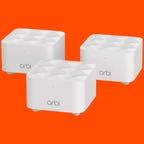Our picks
Why we chose these providers
Sort by

What is the best Wi-Fi router?
The TP-Link Archer AX21 is the best router for most people based on our testing. It’s a Wi-Fi 6 model for around $100, and it produced exceptional download speeds, range and latency results in our tests, routinely outperforming models that cost twice as much.
The best fit for your network depends on a few factors, from the size and layout of your home to the content you stream. We’ve tested dozens of the latest models to give you options for every situation. Expect regular updates to this post as we periodically test new networking devices. When we find a new router that merits strong consideration, we’ll add it to this list with links to our most recent test data, ensuring you always find the best option.
Read more: Best Internet Providers for 2024
Best Wi-Fi routers of 2024
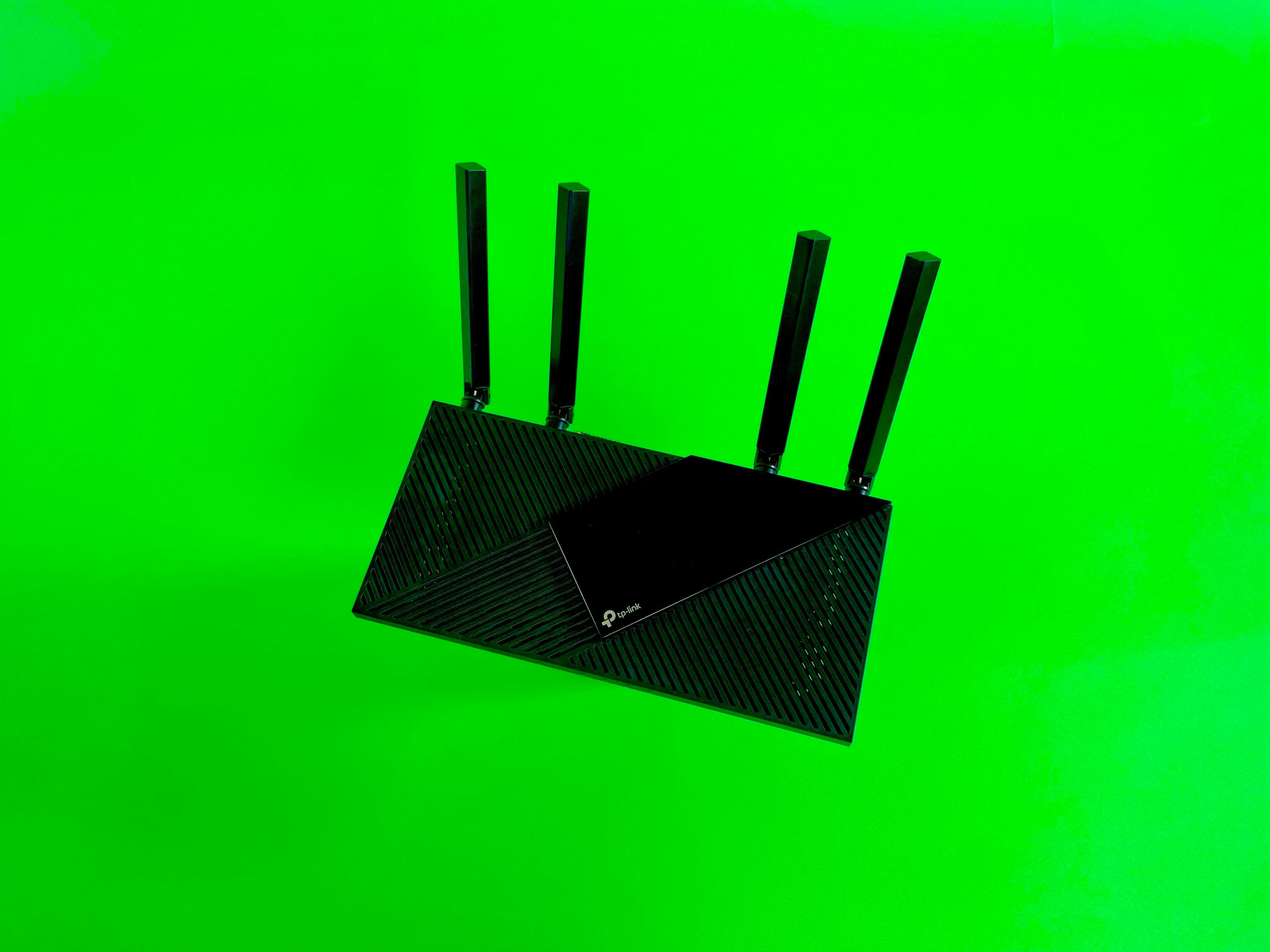
TP-Link Archer AX21
Best router for most people
Available for $107, the TP-Link Archer AX21 is an entry-level, dual-band Wi-Fi 6 router that supports top speeds of up to 1,201Mbps (1.2Gbps) on its 5GHz band. It’s nothing fancy, but it offered near flawless performance for small- to medium-size homes in our tests, and it’s a cinch to set up and use, thanks to TP-Link’s Tether app.
Best of all, when tested against other, similar routers from names like Asus and Netgear, the AX21 held its own with faster download speeds, better range and low latency too. Add in a functional band steering mode that automatically steers you between the 2.4 and 5GHz bands within a single network, plus guest network controls and even a quality of service engine for prioritizing traffic to the most important devices on your network, and you’re looking at a decent home networking upgrade that’s as simple and affordable as it gets. It isn’t powerful enough to max out speeds on a gigabit network, but it can still hit consistent close-range speeds near 700Mbps or so, which is more than enough for most households.
…Read more
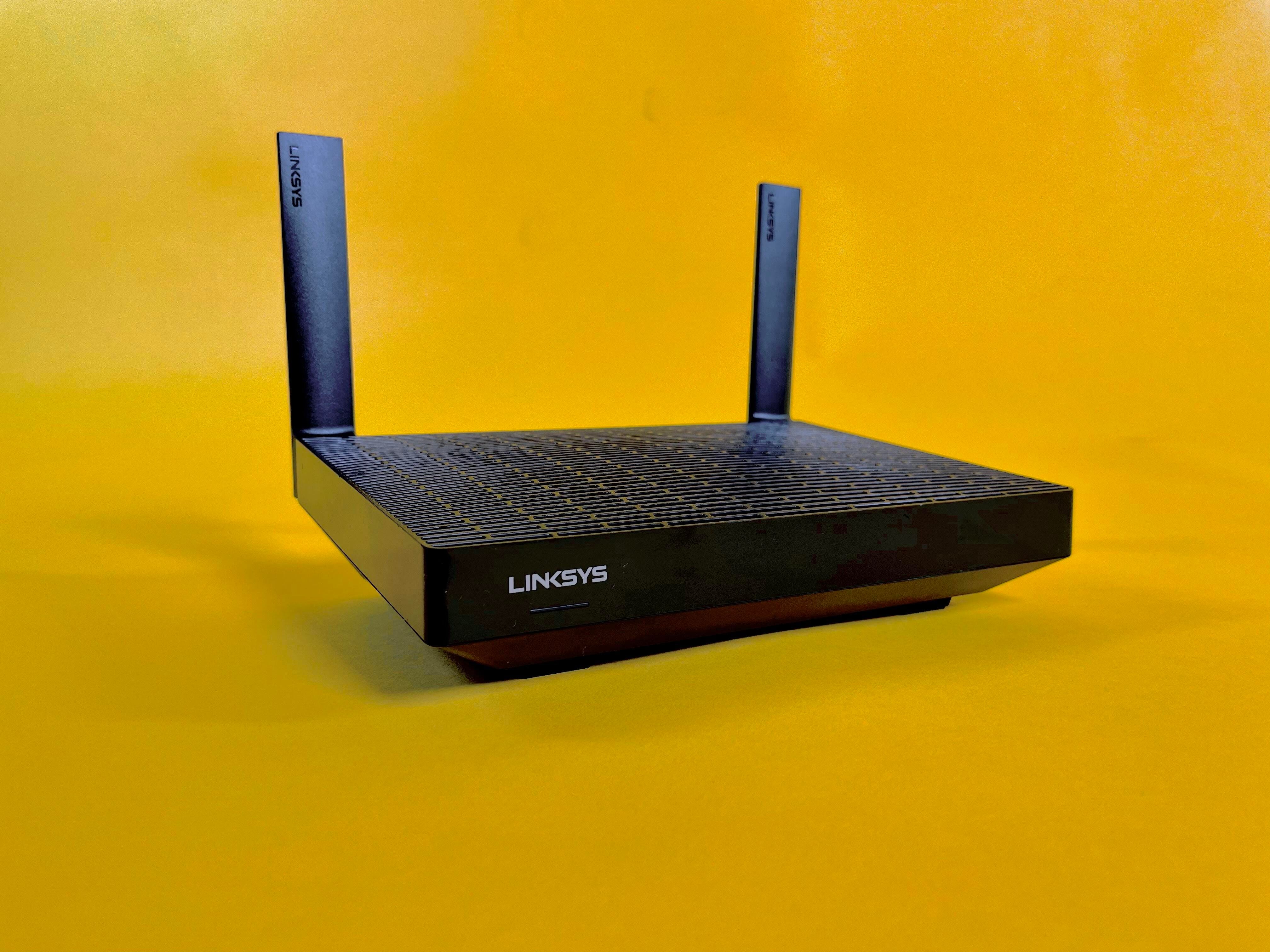
Linksys Hydra Pro 6 (MR5500)
If you’ve already got a budget router running your network and you’re ready to upgrade to something more powerful, the Linksys Hydra Pro 6 belongs high on your list. With a dual-band, AX5400 build, full support for Wi-Fi 6, and 160MHz channel support for moving data more efficiently, it was an excellent performer in my speed tests, even managing to outperform flashier picks like the also-great Asus RT-AX86U.
The Hydra Pro 6 is currently on sale for $86 — down from $200. That’s an incredible deal for a reliable, no-frills router that can keep up with gigabit speeds.
…Read more
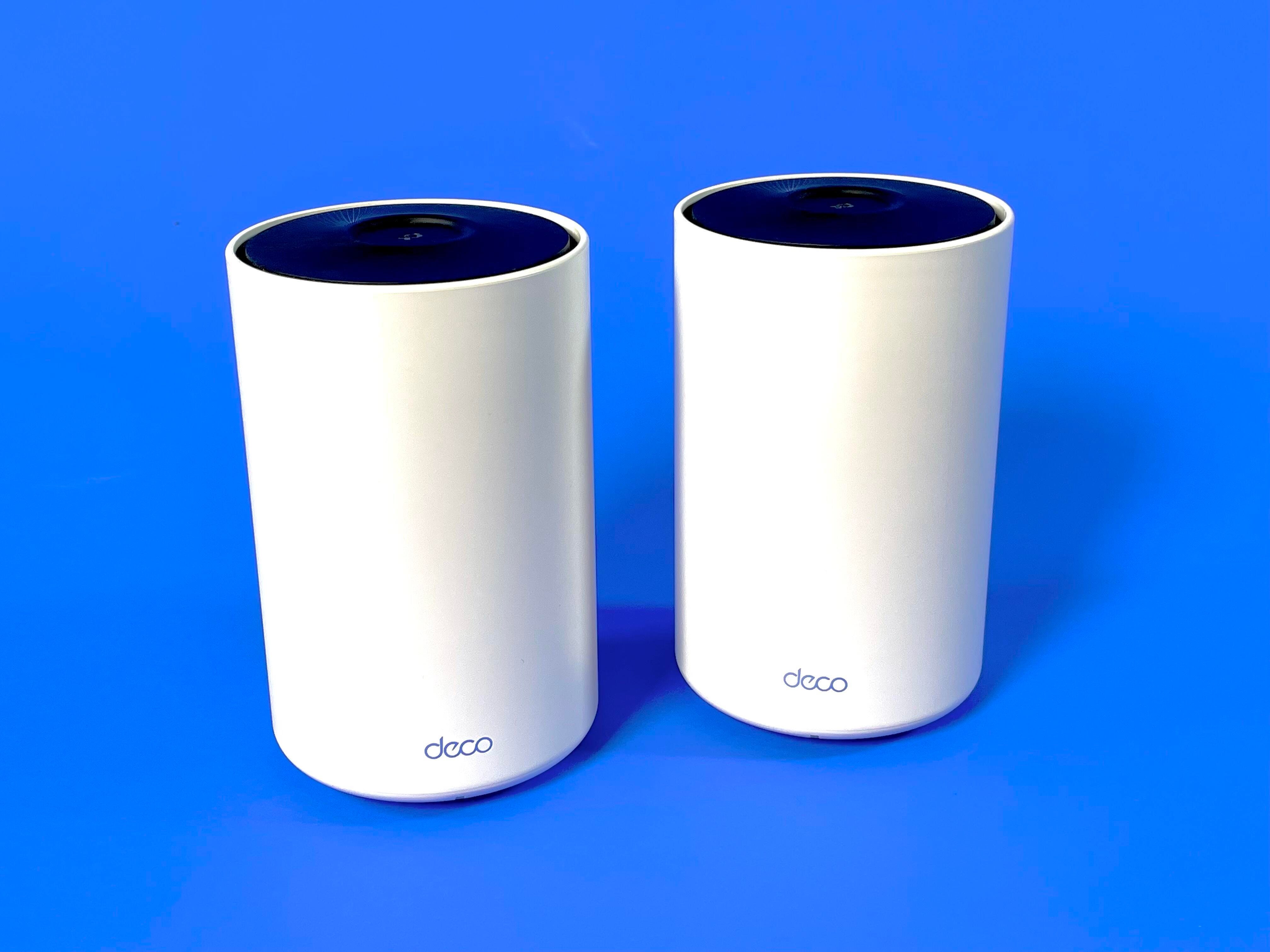
For the best performance from your mesh router, you’ll want to prioritize getting one with support for Wi-Fi 6, plus a tri-band design that includes three separate bands of traffic: the usual 2.4 and 5GHz bands, plus an additional 5GHz band that the system can use as a dedicated wireless backhaul for transmissions between the router and its satellites. Most mesh routers like that cost at least $300 or even $400, but the TP-Link Deco W7200 gets you there for under $200.
That’s the best deal I’ve seen for a tri-band mesh router with support for Wi-Fi 6, and sure enough, it’s an excellent performer. The only system that managed to outperform it outright in my at-home speed tests is the AX6000 version of Netgear Orbi, which costs more than three times as much (keep reading for more on that one). On top of that, TP-Link’s setup process is about as easy as it gets, with satellite extenders that automatically join the mesh as soon as you plug them in.
…Read more
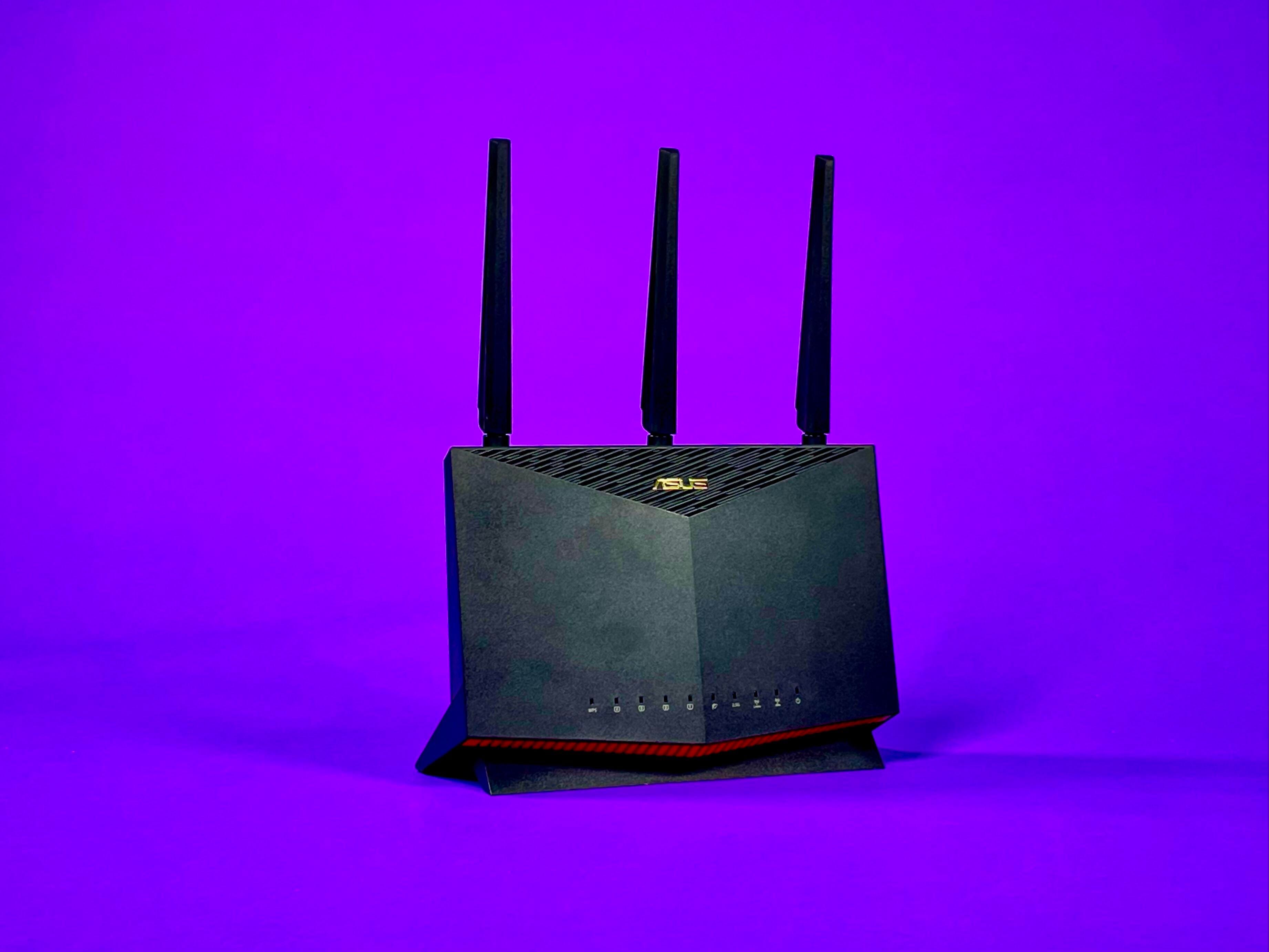
Gaming routers promise high performance and low latency for die-hard gamers, and it isn’t uncommon to find them selling for as much as $400. At less than $300, the Asus RT-AX86U dual-band router isn’t inexpensive either, but it’s a strong value relative to routers like those — and the performance it delivers as a gaming router is exceptional.
Most noteworthy is the router’s latency management. It leads all of the routers I’ve ever tested, gaming or otherwise, with the lowest average latency across all of my tests, which online gamers will definitely appreciate. Something else you’ll appreciate: It offers an excellent mix of app-based controls and features, including a mobile boost mode, allowing you to prioritize gaming traffic to your phone at the touch of a button.
Gaming features aside, the RT-AX86U offers full support for Wi-Fi 6, with strong, stable speeds and good range. If you need additional range, you can add other Asus “AIMesh” devices to your home network to make it the centerpiece of a mesh.
That checks off all of the boxes that most people want from a good gaming router, and it gets you there at a price that isn’t too painful for us to recommend. Even if you aren’t a gamer, this is still one of the best Wi-Fi 6 routers you can buy right now.
…Read more

Netgear Orbi (dual-band, AC1200)
Best mesh router on a budget
It isn’t as fully featured as systems that cost more, and it doesn’t support Wi-Fi 6, but aside from that, the budget-friendly, AC1200 version of the Netgear Orbi mesh router stands out as a clear value pick in the mesh category. Currently priced at $120 for a three-device setup with the Wi-Fi router and two satellite extenders, it’s an affordable system that managed to keep up with both Nest Wifi and the Wi-Fi 5 version of Amazon’s Eero mesh router in our speed tests, and it’d be a great fit in homes with internet speeds of 300Mbps or less.
Of those three systems, Netgear Orbi clocked in with the fastest average top speed at close range, and it displayed surprisingly strong signal strength when we mapped those signals out at the CNET Smart Home. I even like the design, with clever contours on top that vent out heat in style. If you’re curious about mesh routers but put off by the high asking price, give this bargain system a shot.
…Read more
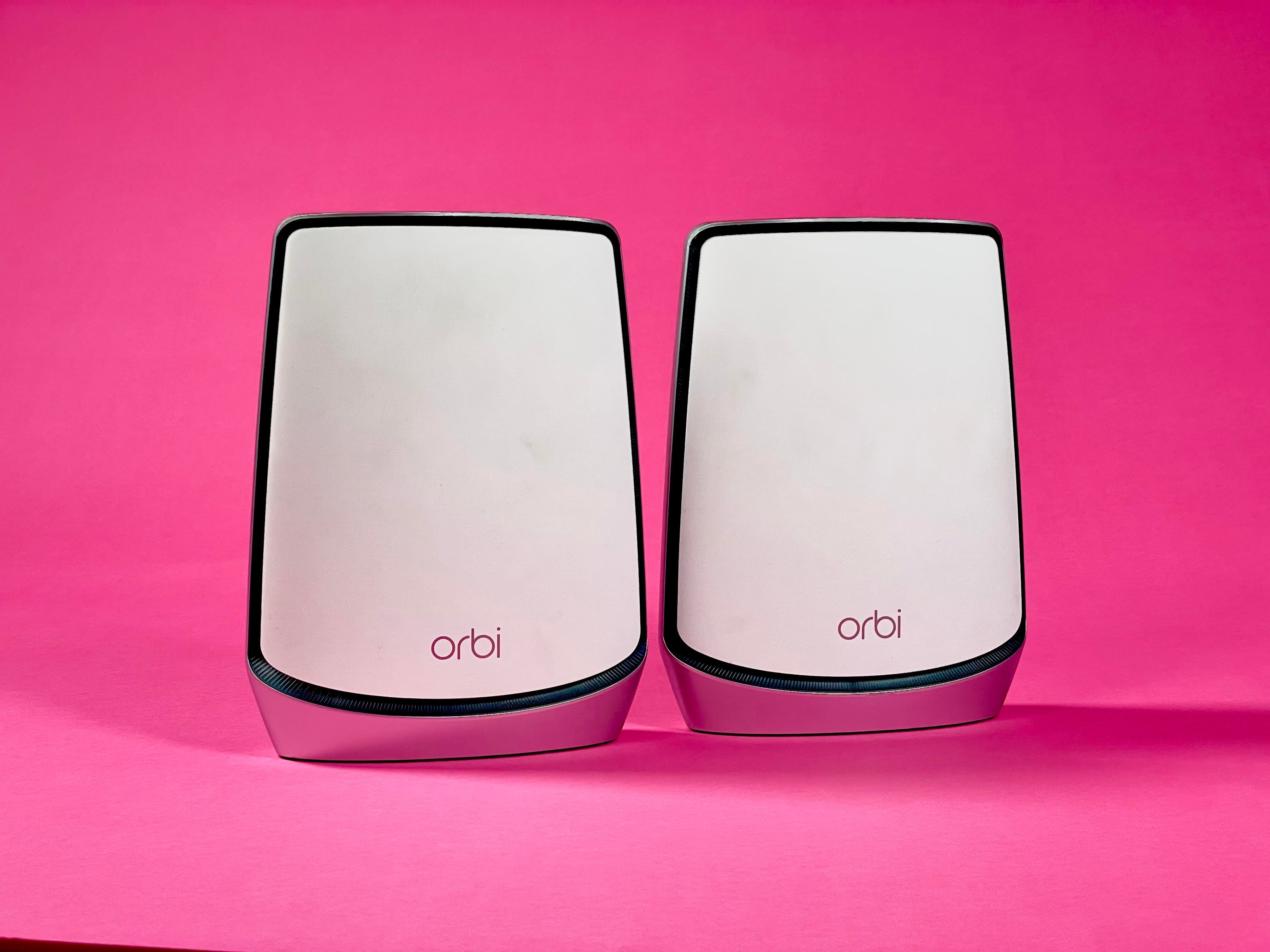
Netgear Orbi (tri-band, AX6000)
Starting around $400 for the two-piece setup seen here, the AX6000 version of the Netgear Orbi is far more expensive than the dual-band version listed above, but it’s also a lot more powerful. With a second 5GHz band serving as a dedicated backhaul for system transmissions between the router and its satellites and full support for Wi-Fi 6, the system is still our top-tested mesh router, with the best scores in both our lab-based top-speed tests and our at-home mesh coverage tests.
In the latter round of tests at my home, on a 300Mbps fiber internet connection, the Orbi AX600 returned average speeds of 289Mbps to Wi-Fi 5 devices and 367Mbps to Wi-Fi 6 devices, including speeds at the farthest point from the router that were 95% as fast as when connecting up close. That’s a near-perfect result, one that no other mesh system I’ve tested has been able to match.
Is that sort of speedy performance worth $400? I think most will find better value with something less expensive, and you’ve got a growing number of solid options that fit the bill. If you’re buying right now and you want elite mesh performance, with price not a factor, then this is the system to get.
…Read more
Why should I upgrade my Wi-Fi router?
Routers have come a long way in the past few years, with several of today’s best Wi-Fi router options boasting impressive speeds and features worth investing in. The new and improved version of the Wi-Fi standard called 802.11ax (or Wi-Fi 6) has grown more ubiquitous, boasting faster, more efficient home network performance. On top of that, a growing number of mesh router options are well worth considering, particularly since many of them are far less expensive than the router combo systems that came before them.
Shop around, and you’ll also find Wi-Fi 6E routers capable of sending signals using newly opened bandwidth in the 6GHz band. Wi-Fi 7 routers have even become more widely available this year. Just don’t expect routers like those to come cheap.
All of that means that you’ve got a lot to think about if you’re currently in the market for an upgrade; that’s where we come in. Whether you’re interested in gaming routers, mesh systems, Wi-Fi 6 routers or just want something decent that won’t cost a fortune, we’re here to simplify things and point you in the right direction so that you can find the best Wi-Fi router to manage your needs.
How to shop for a Wi-Fi router in 2024
At this point, Wi-Fi 6 is well-entrenched as the de facto standard for the latest Wi-Fi gadgets, so it’s worth getting a Wi-Fi 6 router if you’re looking for something new. Wi-Fi 5 routers will continue to get the job done, and a few stand out as worthwhile budget picks, but you’ll want Wi-Fi 6 for the latest features and fastest speeds.
For smaller homes and apartments with internet speeds of 500Mbps and less, an entry-level Wi-Fi 6 router like the TP-Link Archer AX21 will do a fine job handling your everyday network traffic. If you live in a home with faster, gigabit-level speeds, or if you have multiple power users on your network, it’s worth stepping up to a more powerful midrange model like the Linksys Hydra Pro 6 or the Asus RT-AX86U.
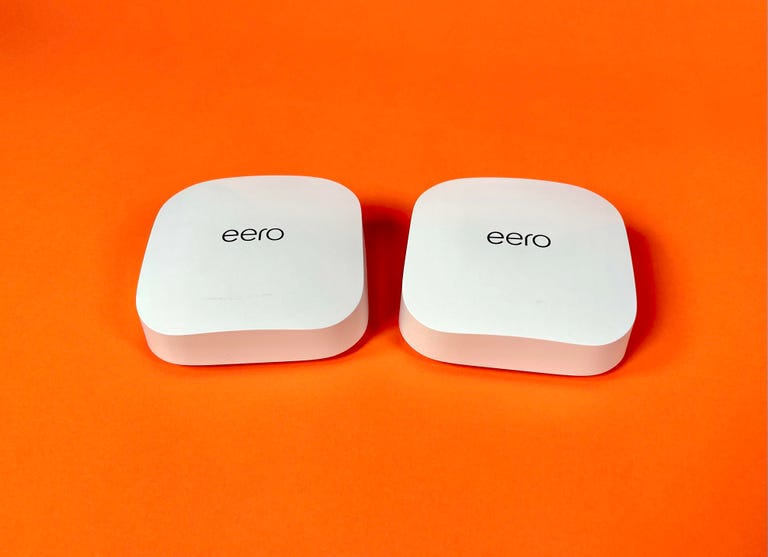
The Eero Pro 6E mesh router is one of a growing number of routers that support Wi-Fi 6E. Devices like those can send signals in the 6GHz band, which offers lots of bandwidth and very little interference.
If you live in a larger home or one with multiple stories, stepping up to a mesh router that can offer better reliability at range makes a lot of sense. You can find a full slate of top picks in my mesh router rundown, but the TP-Link Deco W7200 stands out as an affordable option that tested well. Meanwhile, the Eero Pro 6E is my top mesh pick for homes with a gigabit connection.
That Eero Pro 6E system is one of a growing number of routers that support Wi-Fi 6E, which adds access to the ultrawide 6GHz band. The only devices that can connect over that band are other Wi-Fi 6E devices, which means that it’s largely free from interference. Wi-Fi 6E is more than most homes probably need, but it’s worth considering if you’re looking for something future-oriented, as the number of home Wi-Fi devices that can connect over 6GHz is expected to grow.
At this point, the smarter play for future-focused shoppers might be to hold out until 2024 when we expect to see the full ratification of Wi-Fi 7, the next big generational update for Wi-Fi. Some manufacturers like TP-Link are jumping the gun with early Wi-Fi 7 router releases, but buying in now seems premature given that the standard isn’t fully ratified yet and there isn’t a Wi-Fi 7 device certification process yet.
How we test Wi-Fi routers
I start by setting each router up in a fixed location in our lab, and once it’s up and running, I run a multitude of speed tests from five different rooms nearby. I start in the same room as the router, I run multiple speed tests on a Lenovo ThinkPad laptop with full support for Wi-Fi 6, I log the results in a spreadsheet, then I move to the next room and repeat. Once I’ve run tests in all five rooms, I repeat the entire process, but this time, I start with a fresh connection in the room farthest from the router. Your distance from the router when you first connect will make a difference in how the router handles your connection, so running a split of front-to-back and back-to-front tests helps to keep my averages rooted in real-world results.
I run the entire process detailed above (a front-to-back round of speed tests, followed by a back-to-front round) three separate times: once during morning hours, again in the early afternoon, and once again during evening hours. I also run a separate round of tests to a Wi-Fi 6E device (a Samsung Galaxy S21 smartphone). If the router allows me to separate each band into a separate connection, then I’ll run separate rounds of tests for each band to see how they perform when isolated.
After all of that, I’m left with a comprehensive look at how the router’s speeds hold up to different devices across different distances, as well as how the router handles other considerations, like latency. From there, I make sure to evaluate each router’s features and its ease of use, as well as considerations like security standards, smart home compatibility and overall value relative to the competition.
Recap on the top Wi-Fi routers of 2024
The best Wi-Fi router for most people is the TP-Link Archer AX21. It has an entry-level price tag for high-level performance, with Wi-Fi 6 support, speeds up to 1.2Gbps and a well-designed app that makes setup simple. If you’re looking to upgrade from a budget router, the Linksys Hydra Pro 6 was one of the top performers in our testing, providing faster speeds than routers with much higher price tags. The Asus RT-AX86U is our pick for the best gaming router. Like all gaming routers, it’s pricey, but it has the lowest latency I’ve ever seen in our testing — something that’s essential for a good gaming experience.
Wi-Fi router FAQs
What does a Wi-Fi router do?
You need to be connected to your modem to send and receive data from the web; your router lets you do that without the need for a wire. It’s effectively a big, fancy antenna for your modem that lets you connect with it wirelessly, over Wi-Fi. You can also use that local Wi-Fi network to connect with other devices at home, like printers or remote storage servers.
How much does an average Wi-Fi router cost?
Entry-level Wi-Fi routers average around $100, but you can find some ultra-cheap models for under $50. Mesh systems start around $200, and it’s not uncommon to see high-performance gaming routers in the $400 to $500 range.
How much should I spend on a router?
It depends on what you need and how many people and devices need to connect, but a small- to medium-sized home or apartment can probably get by with a well-tested dual-band router in the $100 range. If your home is larger, it’s probably worth spending more on a mesh system that can spread more consistent speeds from room to room. If you’re working from home, gaming online or sharing bandwidth with multiple housemates or family members, upgrading to something like a high-speed tri-band router is probably a good investment too.
How do I set up a Wi-Fi router?
The old-fashioned way is to plug the thing in and connect it to your modem via Ethernet cable, then type its IP address into a browser’s URL bar to begin the setup. The easier, more modern way is to use the router’s app, which will typically walk you through setup in about 5 to 10 minutes. After setup, you can also use either approach to access the router’s settings or change your Wi-Fi password.
What do the different Wi-Fi bands mean?
You can think of your router like a radio — it sends and receives signals through airwaves. Whereas a radio picks up audio broadcasts in AM or FM airwaves, a Wi-Fi router sends and receives data through 2.4 and 5GHz airwaves (as well as 6GHz airwaves if it’s a fancy Wi-Fi 6E router).
Nearly all routers include separate radios for those bands, which lets you connect to whichever band is best. Some routers will automatically steer your connection between the multiple bands available, but you can usually turn that off as well, making each band its own, separate Wi-Fi network. The 2.4GHz band offers a better range than higher bands, but speeds are limited. With 5GHz (or 6GHz), you’ll be able to hit much faster speeds, but those speeds will drop off at range faster than you’ll see with 2.4GHz.
In general, the 5GHz band is going to be your best bet for a reliable, high-speed connection at close and medium range, while the 2.4GHz band is great for devices at the far reaches of your Wi-Fi network, where the improved range is worth the speed trade-off.
How do I know when it’s time to update my router?
In most cases, you won’t need to worry about updating your router more than once every five years or so, if not longer. There are a few things to watch for that might give you good reason to consider something new.
First, you should know that the Wi-Fi standard gets a generational update once every several years. The latest of which, Wi-Fi 6, ushered in faster top speeds and better efficiency for crowded networks with lots of devices. The next big update, Wi-Fi 7, is expected to arrive in 2024, and it stands to offer even faster top speeds and better use of the 6GHz band once it becomes a fully ratified standard. You shouldn’t feel compelled to upgrade to a new generation as soon as it arrives, but it’s definitely something to keep an eye on if you’re looking for top-tier Wi-Fi performance.
More important is to make sure that your router is still receiving regular firmware updates against the latest security threats. If it isn’t, then it might make sense to go ahead and upgrade. I’d also look for something new if my router didn’t support WPA3, the most recent Wi-Fi security protocol.
If you’re thinking of upgrading because your home’s internet speeds aren’t satisfying, try testing those speeds out across different distances (and remember that you can connect only as fast as your ISP plan allows). If speeds seem fine when you’re close to the router, but they plummet when you’re a few rooms away, then upgrading to a router with stronger radios or a mesh router with multiple devices, could be a worthwhile investment.
What is the fastest Wi-Fi router?
The fastest Wi-Fi router in CNET’s testing was the Linksys Hydra Pro 6, which retails for $200. On a 940Mbps fiber internet connection, it delivered average download speeds of 536Mbps and upload speeds of 467Mbps across our testing facility.
Should I consider a mesh router?
Mesh routers use multiple devices to relay a better Wi-Fi signal throughout your home, with fewer dead zones. It’s more likely the right approach if you live in a large, multi-story home or if there are multiple spots in your home where you can’t connect as reliably as you’d like.
There are lots of great mesh systems up for sale at this point, and prices have come down significantly in the last few years. For more information and our top recommendations, be sure to check out our full rundown of the best mesh Wi-Fi systems of the year.

